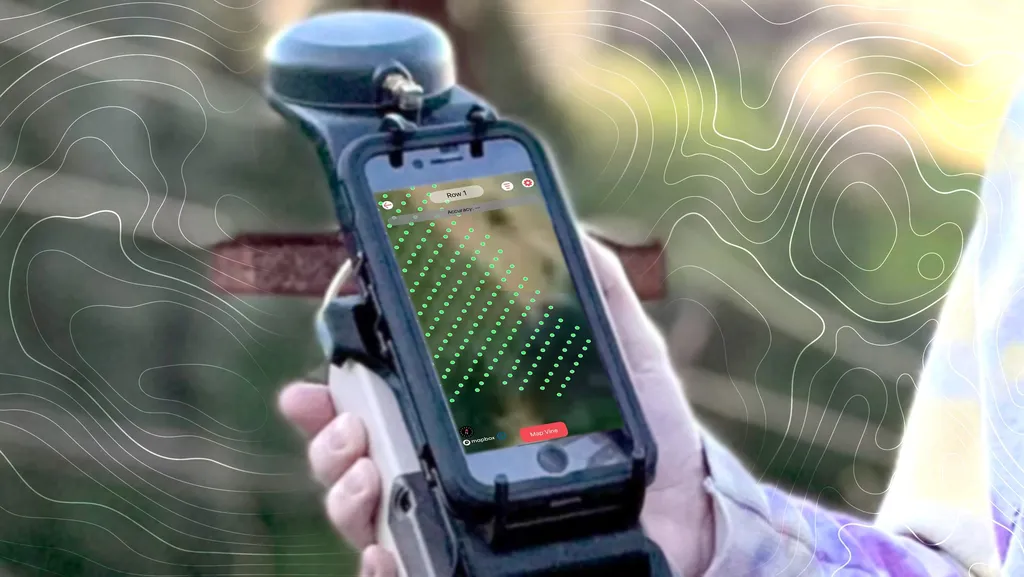In the ever-evolving world of precision agriculture, researchers have uncovered a promising new method that could revolutionize how vineyards are managed. A recent study published in *Smart Agricultural Technology* explores the use of smartphone-based 3D imaging to estimate canopy and berry cluster volumes in wine grapes, offering a cost-effective and accessible solution for growers of all scales.
Traditionally, estimating vine canopy and berry cluster volumes has been a challenging task, often relying on manual measurements or expensive sensor-based systems. These methods, while accurate, are not always practical for small and mid-scale growers. Enter Priyanka Upadhyaya, a researcher at Washington State University’s Center for Precision and Automated Agriculture System in Prosser, WA, USA, who saw an opportunity to leverage the ubiquity of smartphones to bridge this gap.
Upadhyaya and her team utilized an iPhone 14 Pro Max to capture point cloud data, which details the spatial structure of grape canopies and berry clusters. The study involved two separate datasets to evaluate canopy and cluster volumes independently, ensuring a thorough analysis and validation.
For canopy volume estimation, the researchers employed a Gradient Boosting Classifier to segment the point clouds, followed by computing 3D point volumes. The results were impressive, with an RMSE of 0.135 m³ and a classification accuracy of 98% for canopy point clouds. “This level of accuracy is crucial for better vineyard management, yield prediction, and resource allocation,” Upadhyaya explained.
When it came to berry clusters, the team used YOLO11 for segmentation and Structure from Motion (SfM) to reconstruct 3D point clouds into watertight meshes. The cluster volumes, validated by water-displacement ground truth, yielded an RMSE of 46.47 cm³. “The precision of these estimates can significantly enhance vineyard productivity and berry quality,” Upadhyaya added.
The implications of this research are far-reaching. By providing an affordable and accessible tool for precision viticulture, smartphone-based 3D imaging could democratize advanced agricultural technologies, making them available to a broader range of growers. This could lead to more efficient resource use, improved yield predictions, and ultimately, better-quality grapes.
As the agriculture sector continues to embrace digital transformation, innovations like these are paving the way for a more sustainable and productive future. The study by Upadhyaya and her team, published in *Smart Agricultural Technology*, is a testament to the power of combining cutting-edge technology with practical agricultural applications. The research not only highlights the potential of smartphone-based solutions but also sets the stage for future developments in precision viticulture and beyond.

